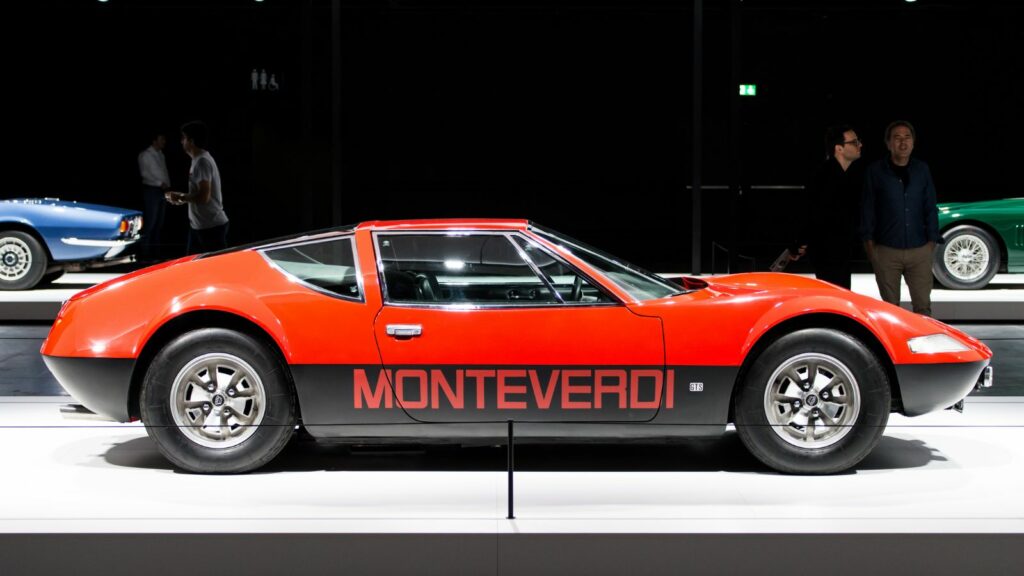In motorsports, many victories seem predetermined. The most well-funded teams, advanced technology, and skilled drivers often end up in the winner’s circle. But every so often, the unpredictable occurs when an underdog wins. Here are 15 race cars that defied all expectations, winning thrillingly and unexpectedly.
Ford GT40 – 1966 Le Mans 24 Hours
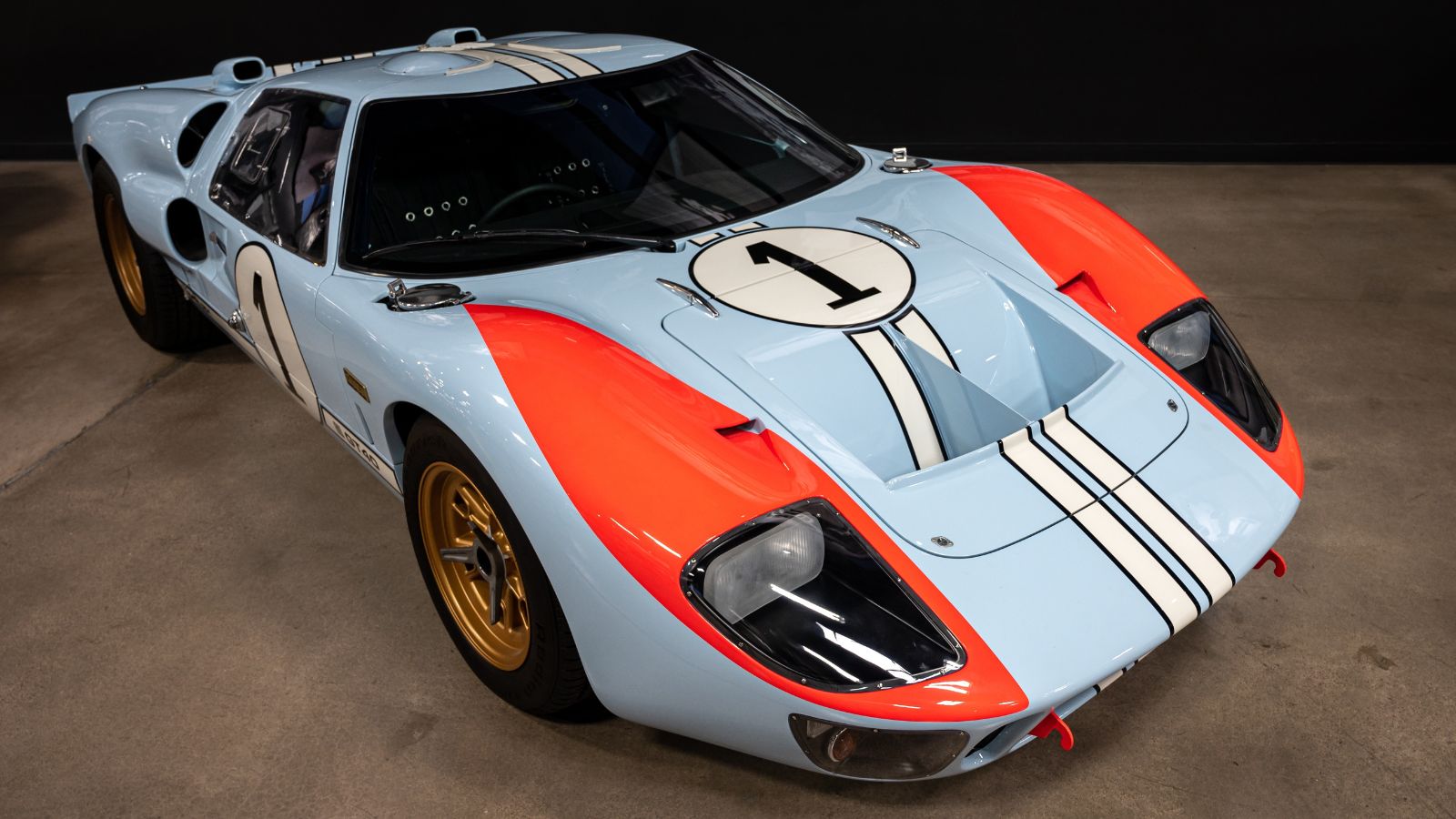
Only a few stories in motorsport history are as legendary as the rivalry between Ford and Ferrari in the 1960s. After Enzo Ferrari backed out of a deal to sell his company to Ford, Henry Ford II launched a full-fledged effort to defeat Ferrari at Le Mans. Despite the odds and years of failure, the Ford GT40 Mk. II roared to life in 1966. Facing a dominant Ferrari that had won the last six consecutive Le Mans, Ford defied expectations by sweeping the podium. The GT40’s victory wasn’t just about speed but endurance and resilience, solidifying its place in racing folklore. The team won not only in 1966 but also continued to dominate until 1969, changing the landscape of endurance racing.
Honda RA272 – 1965 Mexican Grand Prix
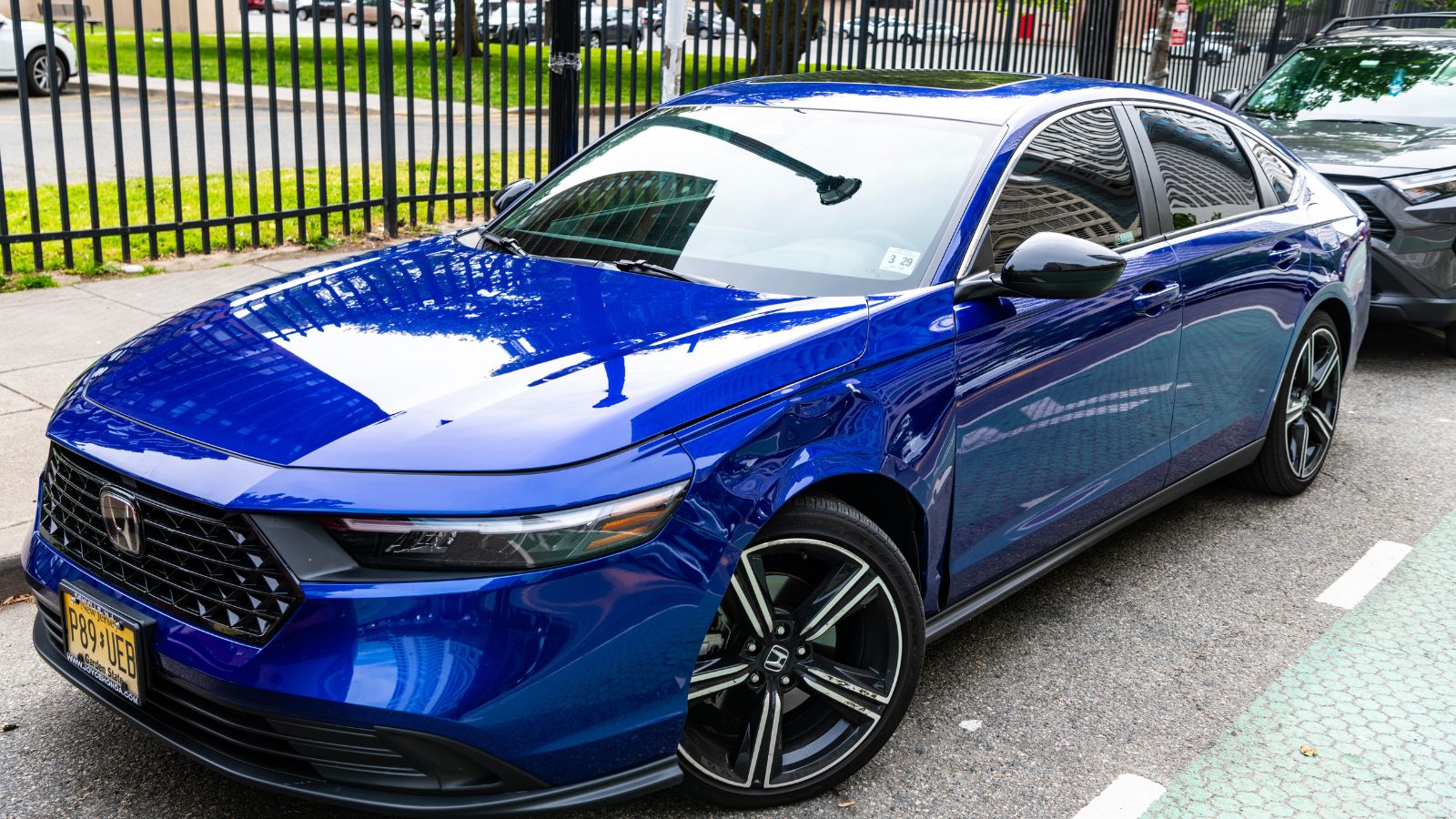
When Honda entered Formula 1 in 1964, it was a relative outsider. At the time, it was known more for producing motorcycles than competing in the pinnacle of motorsport. But in 1965, against all odds, Richie Ginther piloted the Honda RA272 to victory in Mexico. It was Honda’s first-ever Formula 1 win and Japan’s first taste of F1 success. However, what made the victory particularly special was that Honda was still a newcomer in this European-dominated sport. And to everyone’s surprise, the RA272’s V12 engine proved more reliable than anticipated, propelling Ginther to the front and shocking established giants like Ferrari and Lotus.
Subaru Impreza 555 – 1995 World Rally Championship
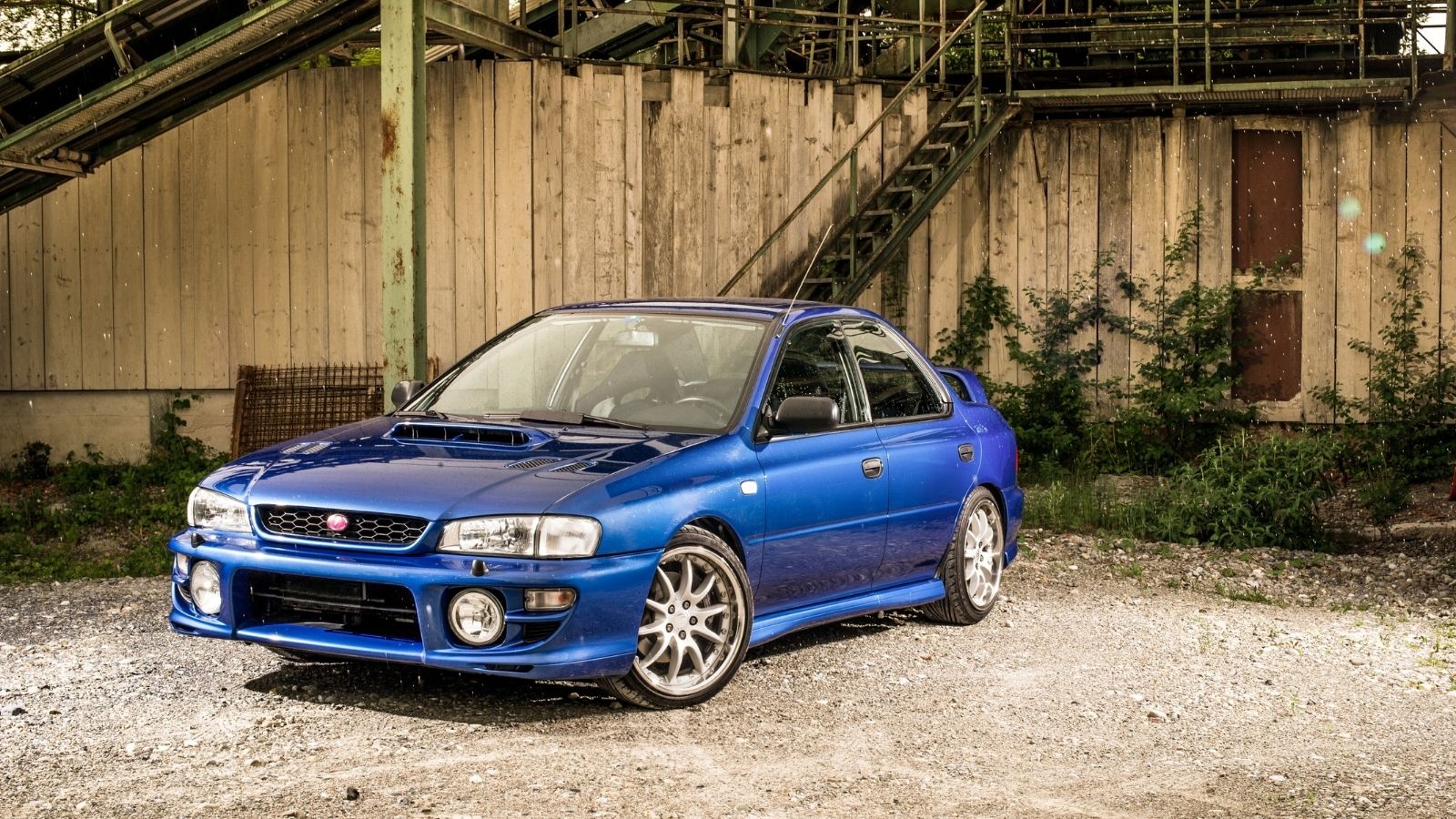
Few would have predicted the massive success ahead when Subaru, a small manufacturer by global standards, entered the World Rally Championship (WRC) in the early 1990s. The Impreza 555, driven by Colin McRae, delivered Subaru its first WRC manufacturers’ title in 1995. McRae’s aggressive driving style and impeccable handling on rough terrain made for a perfect combination. The Impreza defied expectations by toppling much bigger manufacturers like Toyota and Ford. McRae’s win also marked the first time a British driver had taken the WRC crown, cementing the Impreza’s legacy as a giant killer.
Porsche 917 – 1970 Le Mans 24 Hours
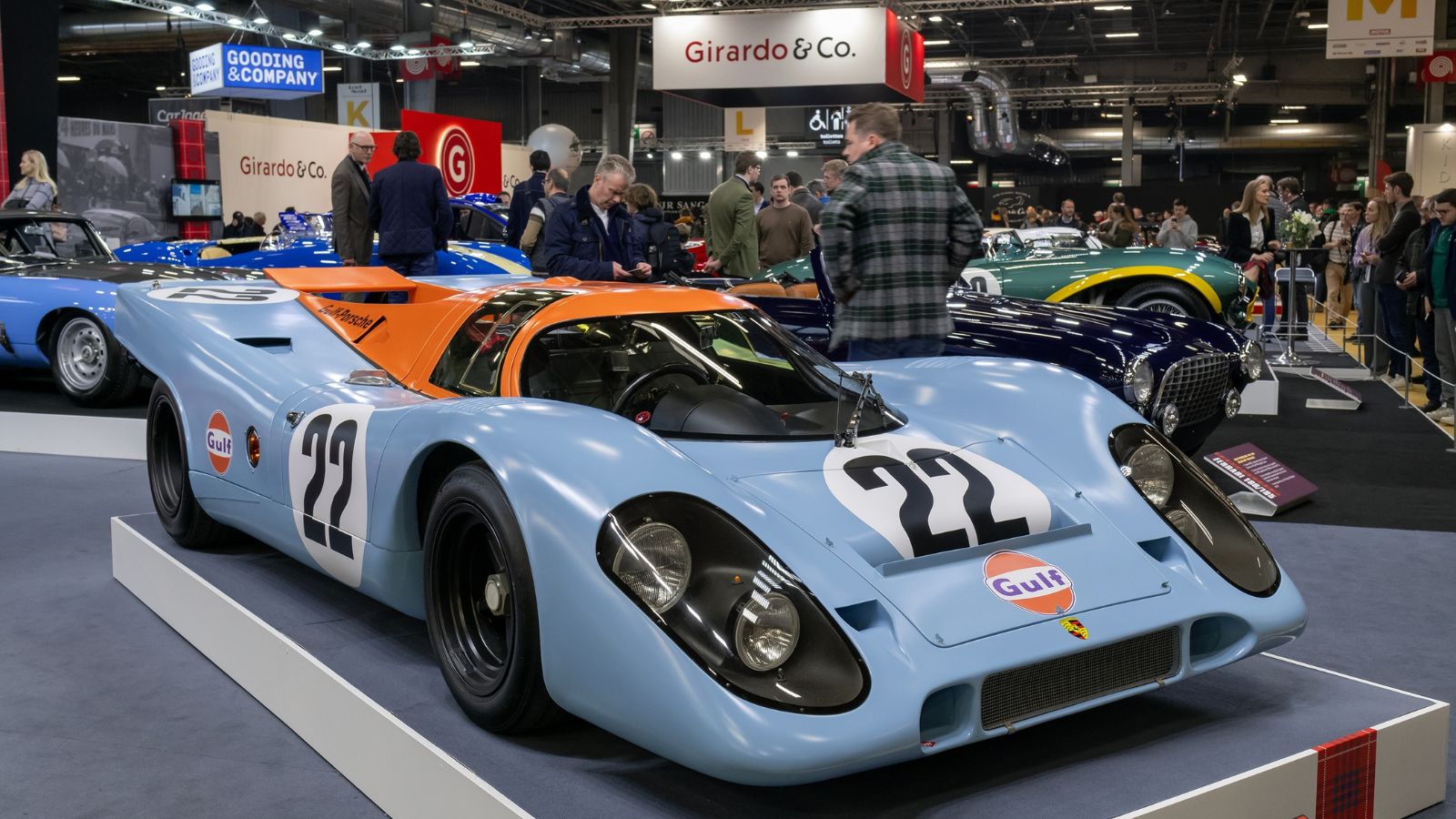
The Porsche 91 was initially known for its difficult handling. Also, in its early days, the car was considered unsafe and unmanageable, with drivers reluctant to take it to its limits. However, in 1970, with significant improvements, Porsche entered Le Mans with the 917K model, which transformed the car’s fortunes. In the race against Ferrari, which was expected to win, the 917 proved to be faster and more reliable than ever. Porsche won the 1970 Le Mans with Hans Herrmann and Richard Attwood behind the wheel and became one of the most iconic endurance racers ever.
Ferrari 312T – 1975 Formula 1 Season
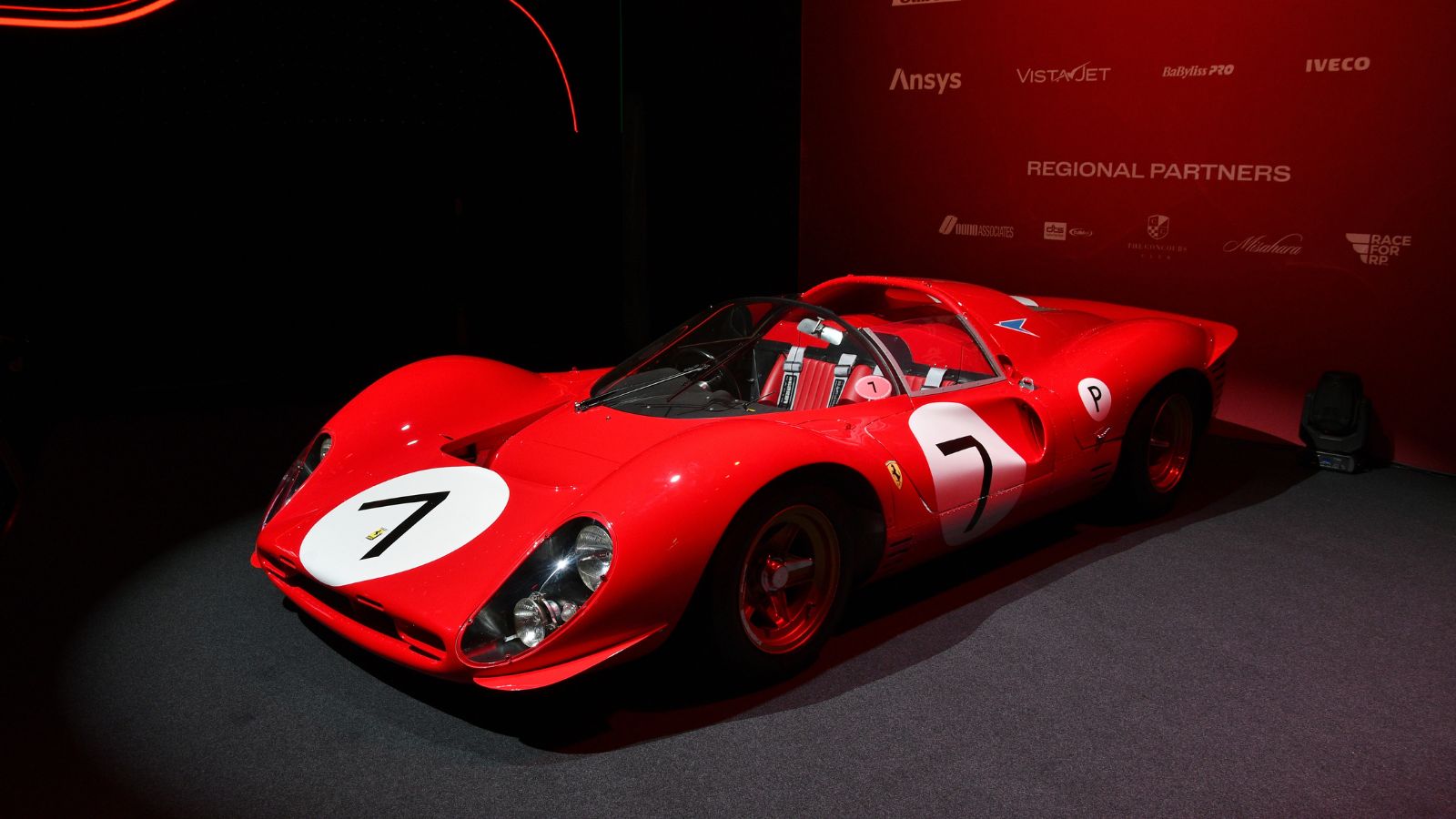
The Ferrari 312T wasn’t just a car but a revolution in engineering. In 1975, Niki Lauda piloted the machine to victory in the Formula 1 World Championship. But what made the miracle happen, you ask? Well, the car’s innovative transverse gearbox improved the car’s handling and balance. While Ferrari was an established name, it had been six years since their last championship, and Lauda’s success with the 312T defied the narrative that Ferrari was way past its prime. The car set the tone for Ferrari’s dominance through the mid-1970s.
Peugeot 905 – 1992 Le Mans 24 Hours
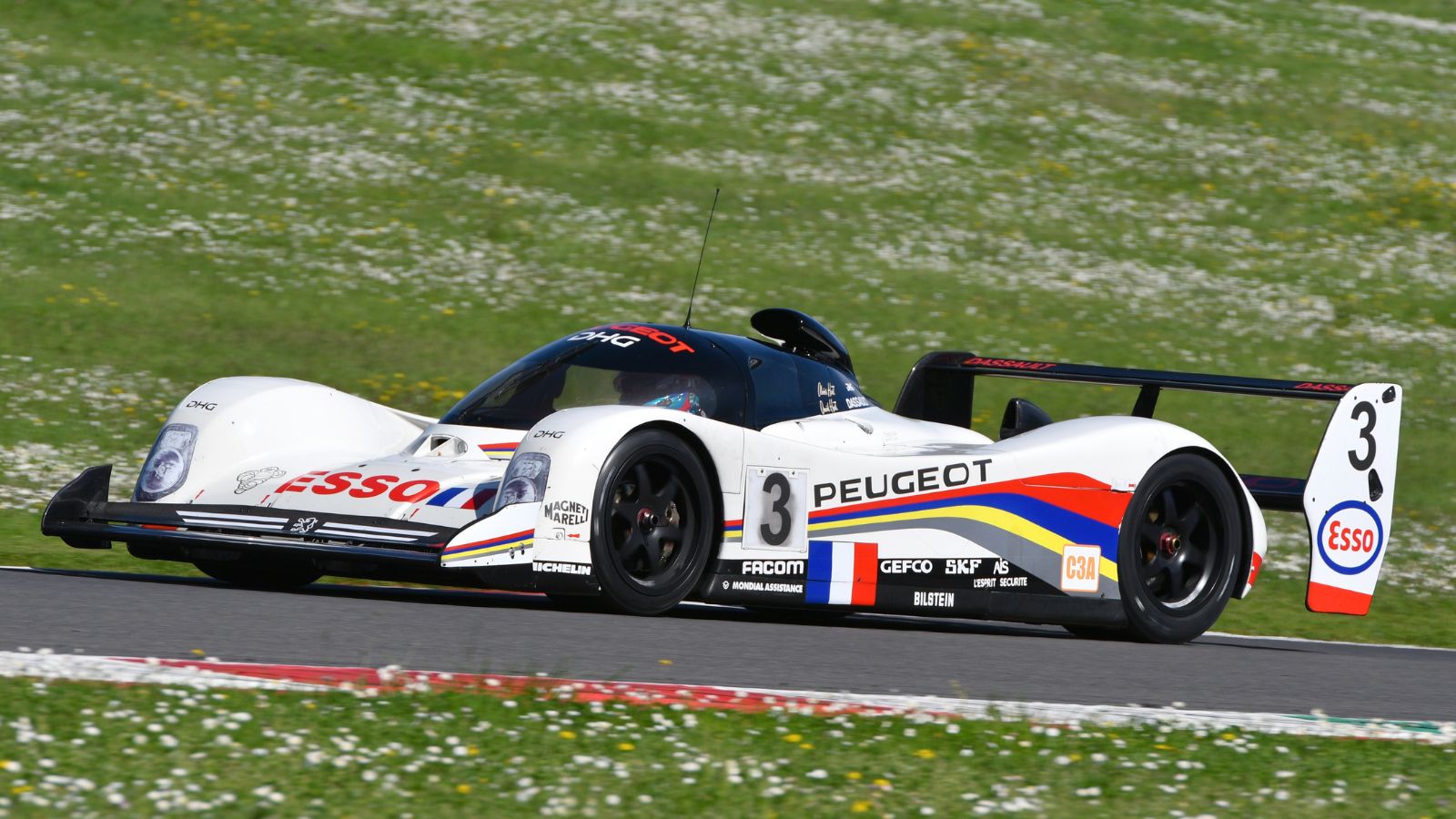
In the early 1990s, Peugeot wasn’t exactly the first name people associated with Le Mans dominance. However, the French manufacturer’s 905 was a radical departure from conventional race cars, with a lightweight carbon-fiber chassis and a high-revving V10 engine. Despite tough competition from Toyota and Jaguar, the Peugeot 905 triumphed at the 1992 Le Mans, with Derek Warwick, Yannick Dalmas, and Mark Blundell at the helm. It was a true underdog story, as Peugeot had limited experience in endurance racing. Their success proved that innovation, combined with grit, could topple even the most established names.
Lancia Delta H.F. Integrale – 1988 World Rally Championship
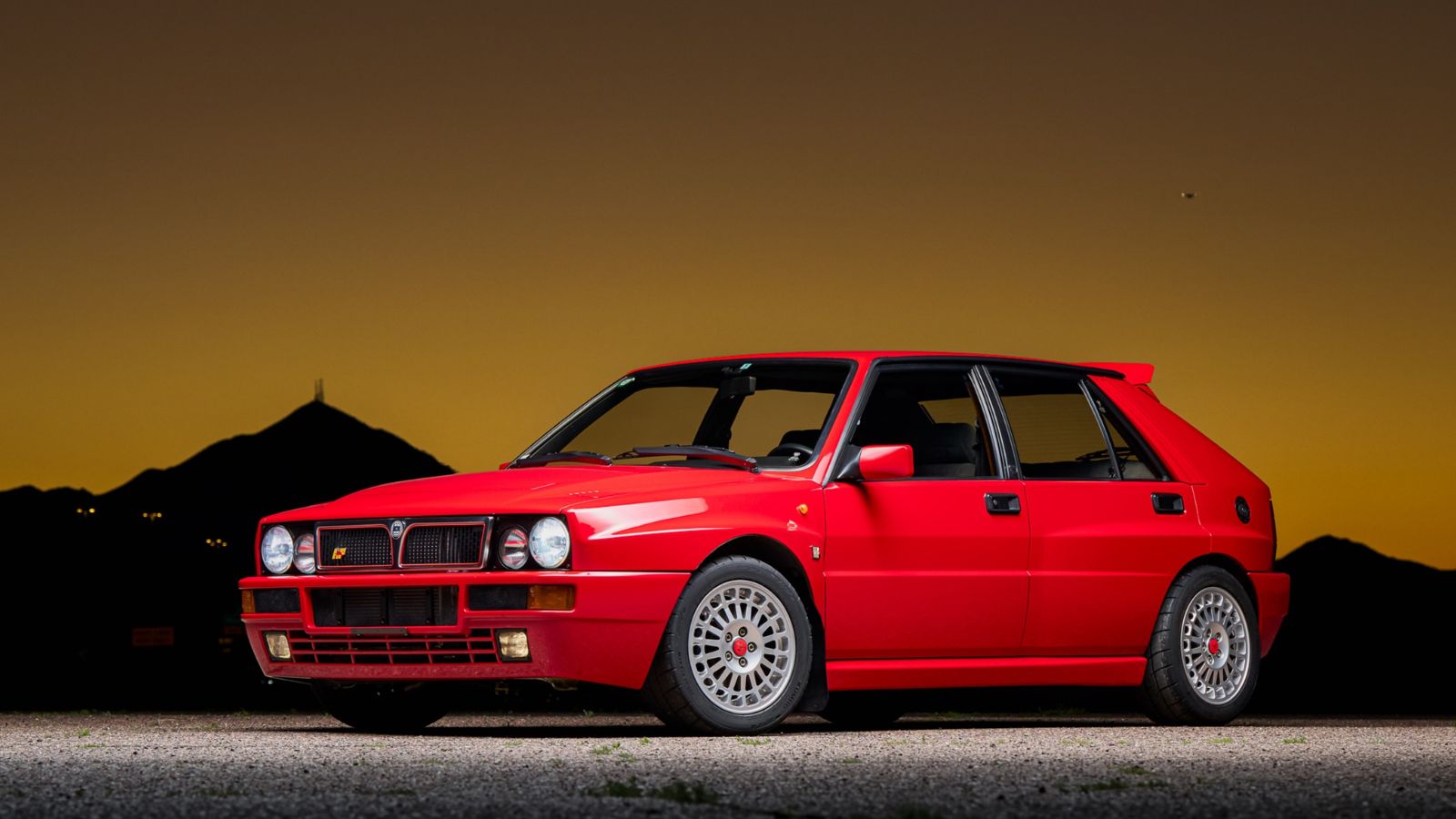
By 1988, Lancia had already made a name for itself in rallying, but the Delta H.F. Integrale took things to another level. The car evolved Lancia’s previous Delta models, carrying forward their strong performance. In 1988, Lancia dominated the World Rally Championship despite competition from more prominent manufacturers like Audi and Ford. The Delta H.F. Integrale, with its turbocharged engine and all-wheel-drive system, became a rally legend, winning not only in 1988 but continuing its reign for several more seasons, outclassing more powerful cars with its balance and maneuverability.
Mazda 787B – 1991 Le Mans 24 Hours
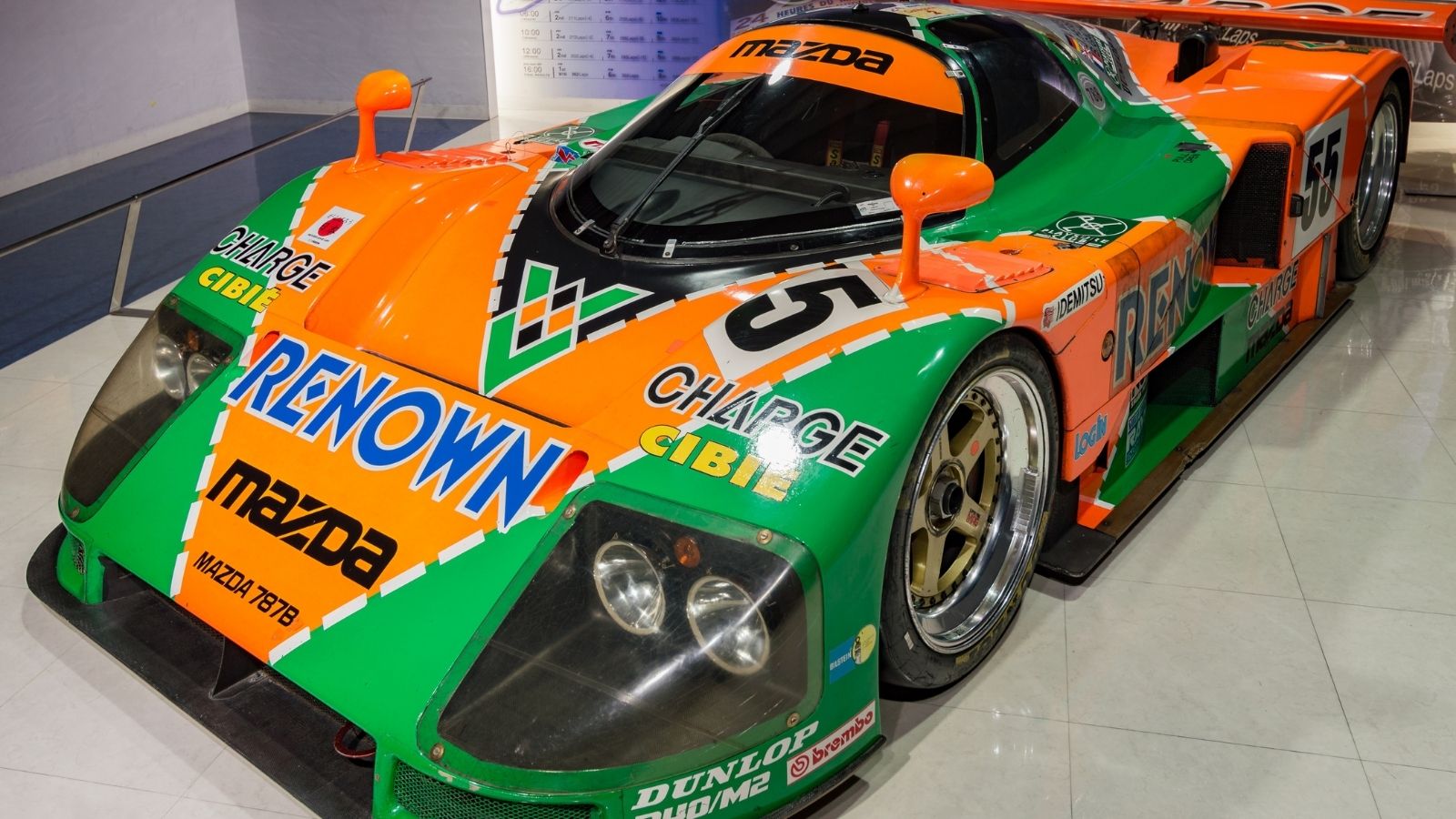
The 1991 Le Mans was a race for the ages, particularly for Japanese automaker Mazda. Their rotary-engine-powered 787B was unlike anything else on the grid. While rotary engines had advantages, they were also notoriously finicky and unreliable. Hence, Mazda’s victory in 1991 was extraordinary, as the 787B became the first (and so far, only) car powered by a rotary engine to win Le Mans. The car, driven by Johnny Herbert, Volker Weidler, and Bertrand Gachot, beat formidable competition from big shots like Jaguar and Mercedes-Benz, marking a genuinely high point in Mazda’s motorsport history.
Red Bull RB7 – 2011 Formula 1 Season
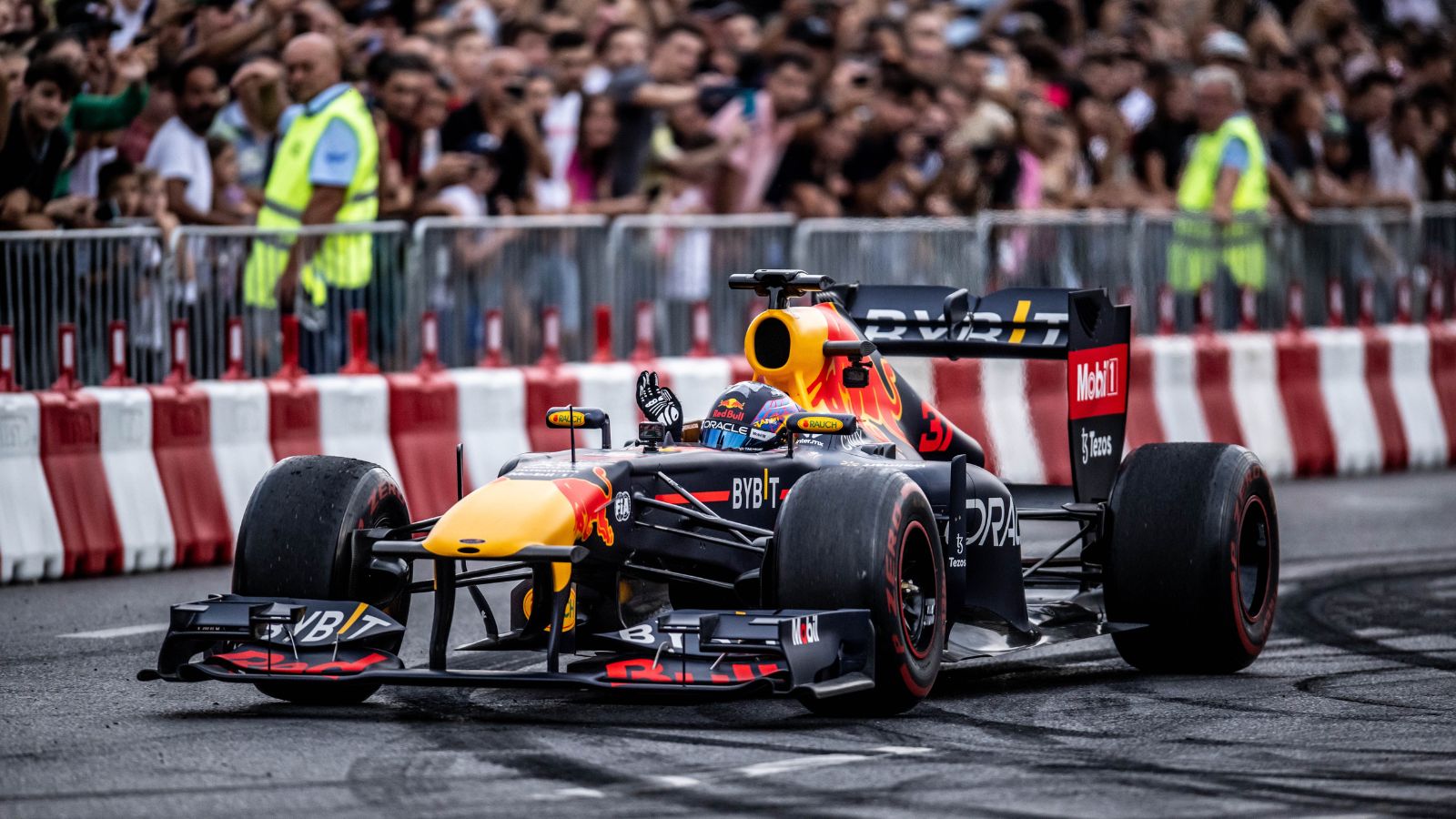
In 2011, Red Bull Racing wasn’t the powerhouse it is today. Having entered Formula 1 in 2005, the team was still relatively new and had yet to establish a lasting legacy. However, the RB7, designed by Adrian Newey and driven by Sebastian Vettel, turned the tide. With aerodynamic innovations years ahead of the competition, the RB7 dominated the 2011 season, winning both the drivers’ and constructors’ championships. The car’s success shocked the established order, with Vettel winning 11 of the 19 races that season, proving that Red Bull was here to stay.
Bentley Speed 8 – 2003 Le Mans 24 Hours

Bentley’s return to Le Mans in the early 2000s was met with a lot of skepticism. Rightfully so, as the British marque had last won at Le Mans in 1930, it had been decades since Bentley was considered a significant force in motorsport. But, in 2003, the Bentley Speed 8 shocked the world by taking the top two spots at Le Mans. Audi’s Le Mans prototypes heavily influenced the car’s new design. And its triumph was a testament to Bentley’s engineering prowess and determination. It also marked Bentley’s return to glory after a 73-year absence from the winner’s circle at Le Mans.
Brawn GP BGP 001 – 2009 Formula 1 Season
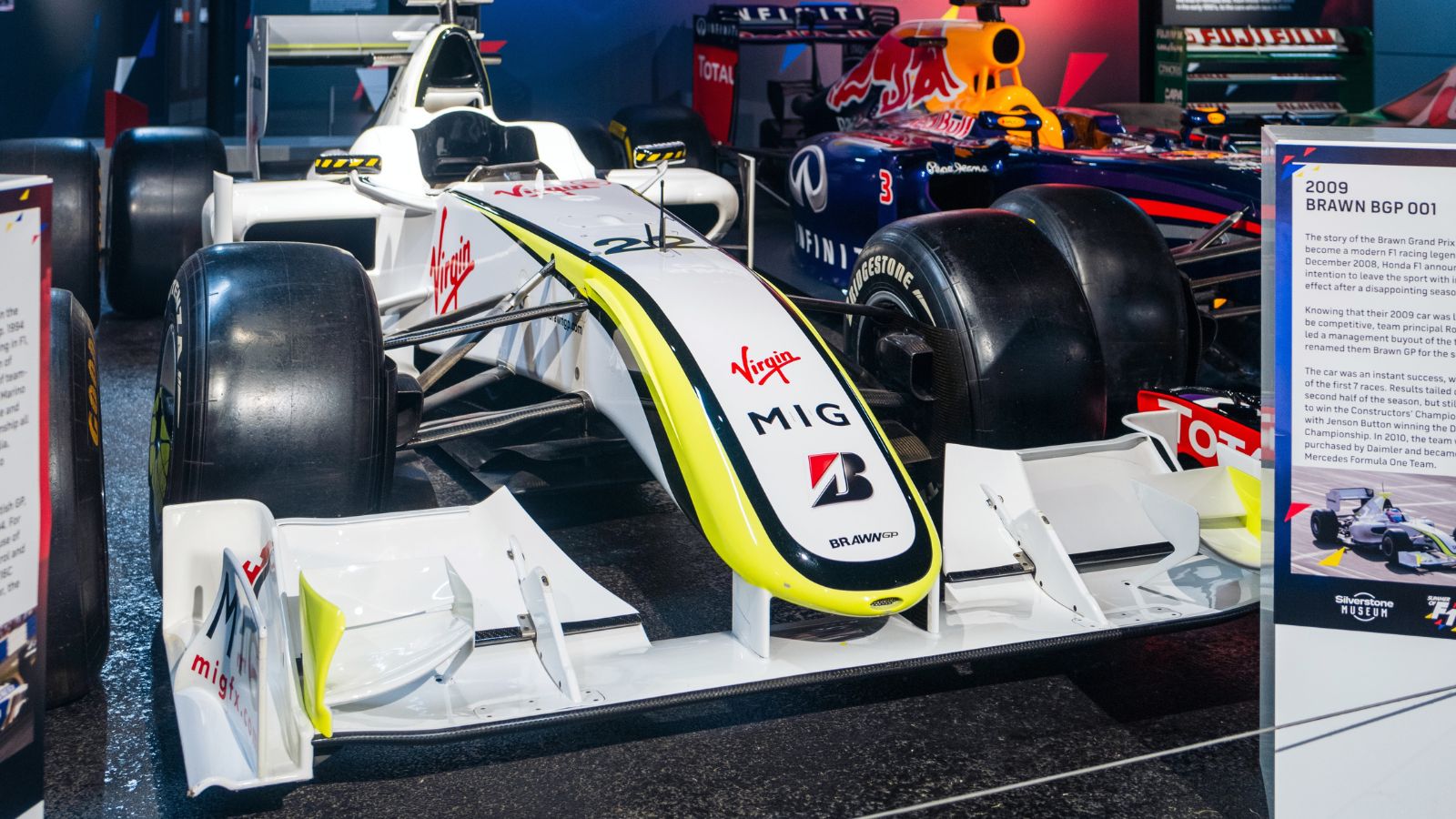
The 2009 Formula 1 season was expected to be a battle between the usual suspects: Ferrari, McLaren, and Renault. But what no one expected was for the newly formed Brawn GP team to pose a threat. However, thanks to a clever interpretation of the technical regulations regarding diffusers, the BGP 001 had a significant aerodynamic advantage. Jenson Button capitalized on this, winning six of the season’s first seven races. Against all odds, Brawn GP, in its debut (and only) season, won both the drivers’ and constructors’ championships. It was a Cinderella story in the cutthroat world of Formula 1.
Nissan GT-R Nismo GT3 – 2015 Bathurst 12 Hour
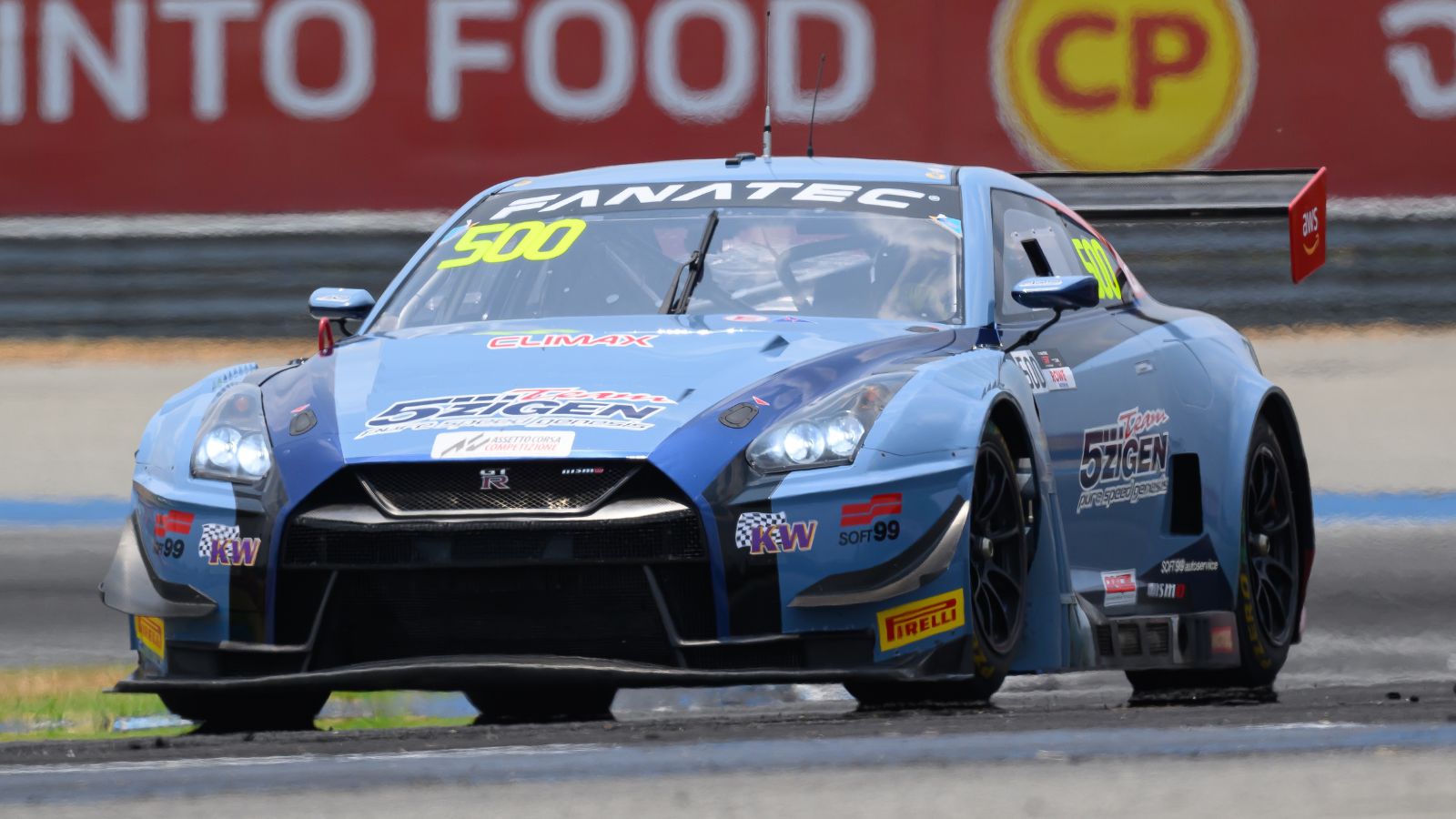
The Bathurst 12 Hour is one of the most challenging endurance races in the world, and in 2015, few (maybe none) expected Nissan to be at the sharp end of the field. Up against high-powered GT3 cars from Audi, Mercedes, and Ferrari, the Nissan GT-R Nismo GT3, driven by Katsumasa Chiyo, Wolfgang Reip, and Florian Strauss, pulled off a stunning (and highly unexpected) victory. In the race’s final moments, Chiyo executed a brilliant move, overtaking the two rivals to claim the win. The GT-R’s triumph at Bathurst was a testament to the car’s engineering and the team’s strategic brilliance.
Volkswagen I.D. R – 2018 Pikes Peak International Hill Climb
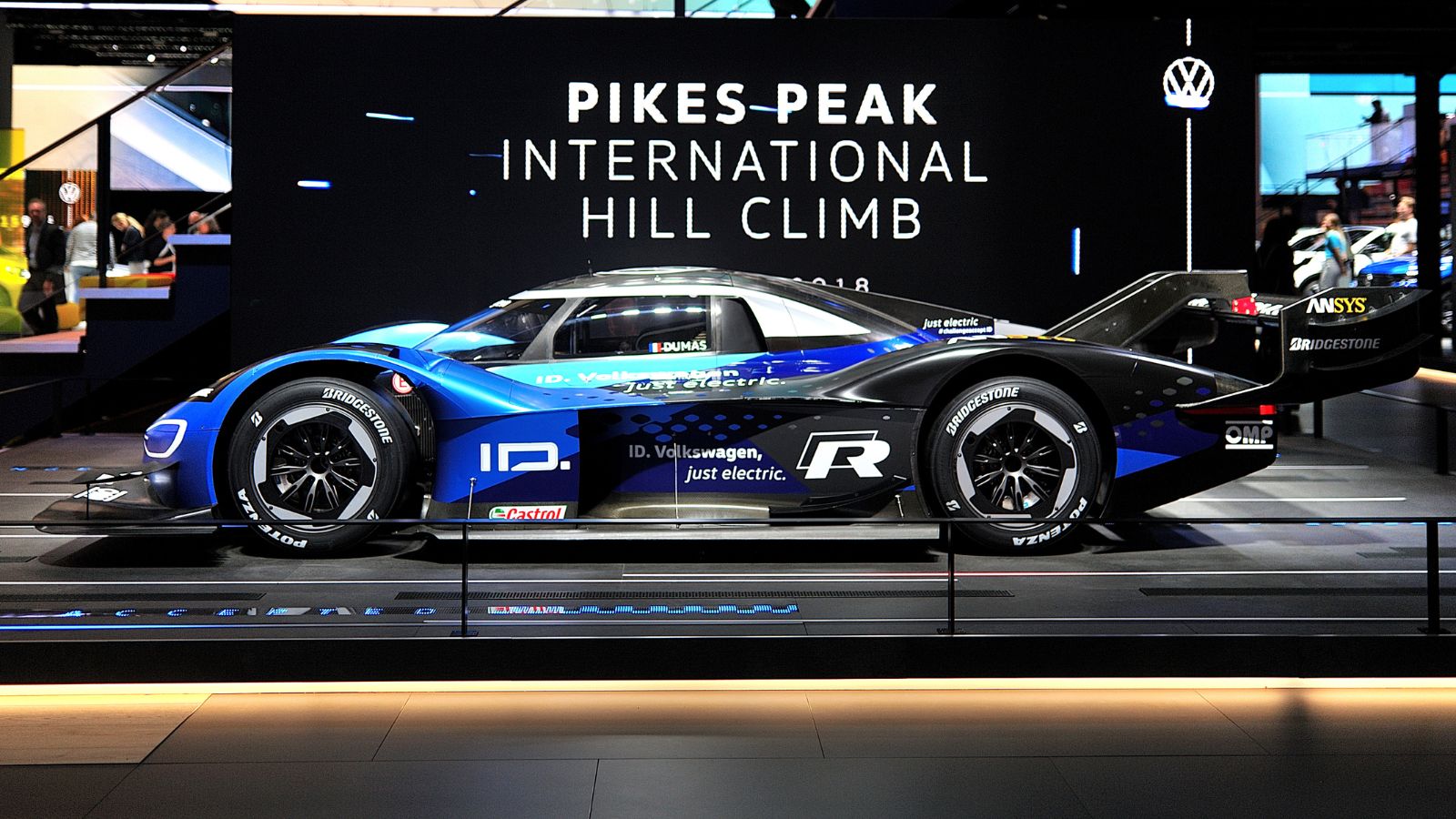
Electric cars were often seen as the underdogs in motorsports, particularly in high-performance events like the Pikes Peak Hill Climb. But then, in 2018, this stereotype changed as the Volkswagen’s I.D. R shattered expectations, setting an outright course record. It was driven by Romain Dumas, the all-electric I.D. R completed the 12.42-mile course in just 7 minutes and 57 seconds, beating its electric competitors and every gas-powered car to attempt the climb. The victory was a bold statement about the future of electric motorsports and Volkswagen’s engineering capabilities.
Audi R10 TDI – 2006 Le Mans 24 Hours
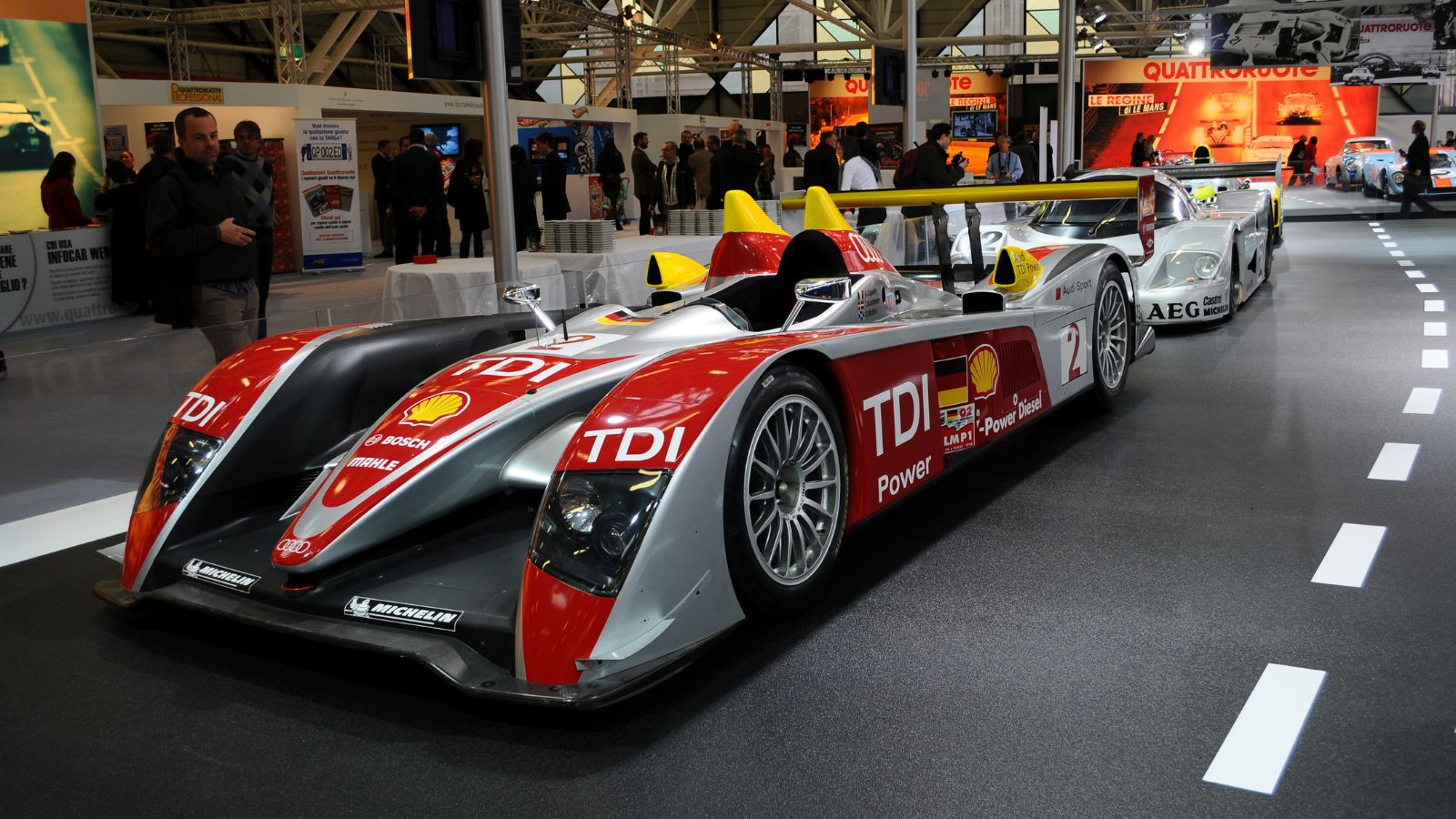
2006 Audi made history by winning Le Mans with the R10 TDI, the first diesel-powered car ever to win the prestigious endurance race. At a time when diesel engines were typically seen as heavy and unsuited for racing, Audi defied the odds by proving that diesel could be both powerful and fuel-efficient. The R10 TDI’s triumph wasn’t a one-off either, as it dominated endurance racing for several years, completely reshaping perceptions about diesel technology in motorsport.
Chaparral 2J – 1970 Can-Am Series

The Chaparral 2J was a car that looked more like a spaceship than a race car and performed like one. In 1970, against far more conventional cars, the 2J introduced fans to “fan car” technology, where fans at the rear of the vehicle helped create downforce, allowing for unparalleled cornering speeds. While the car’s radical design was eventually banned, its brief participation in the Can-Am Series left an indelible mark. Though it didn’t win the championship, the 2J’s defiance of traditional design philosophies earned it a place in racing history.
14 Supercars Under $100K That Deliver Breathtaking Speed and Style
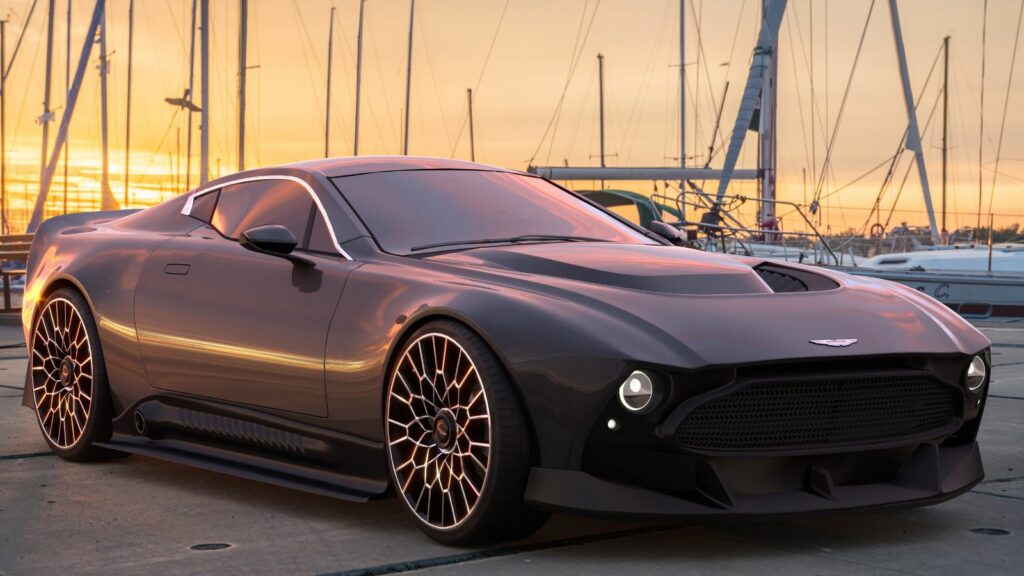
When you think of supercars, names like Ferrari, Lamborghini, and McLaren often come to mind, along with their staggering price tags. However, high-performance vehicles aren’t exclusively reserved for the super-rich. There exists a sweet spot where speed, style, and (relatively) sensible pricing converge, offering thrilling rides without completely obliterating your bank account. Hop in as we explore 14 underrated supercars under $100K.
14 Supercars Under $100K That Deliver Breathtaking Speed and Style
